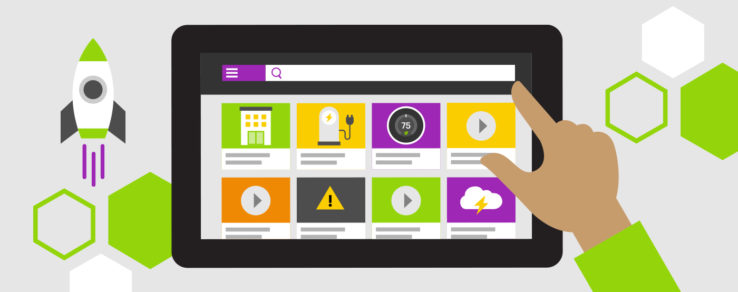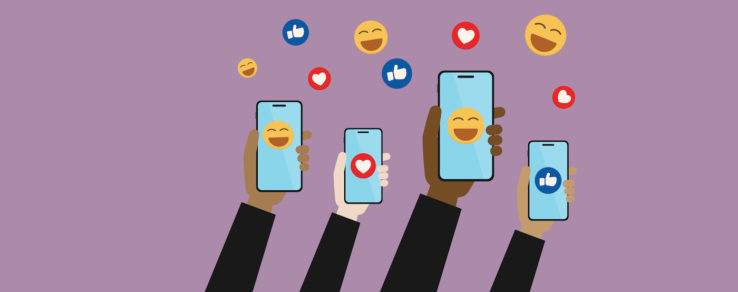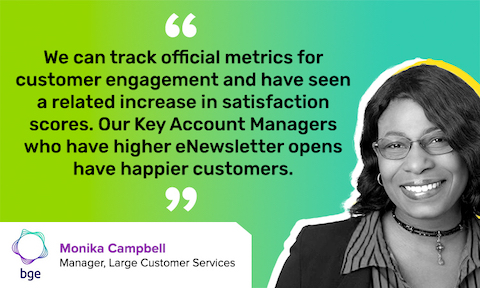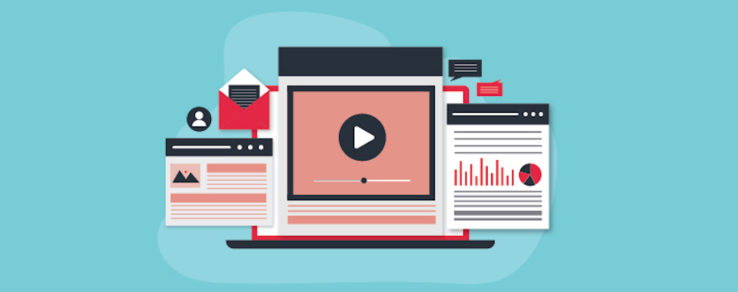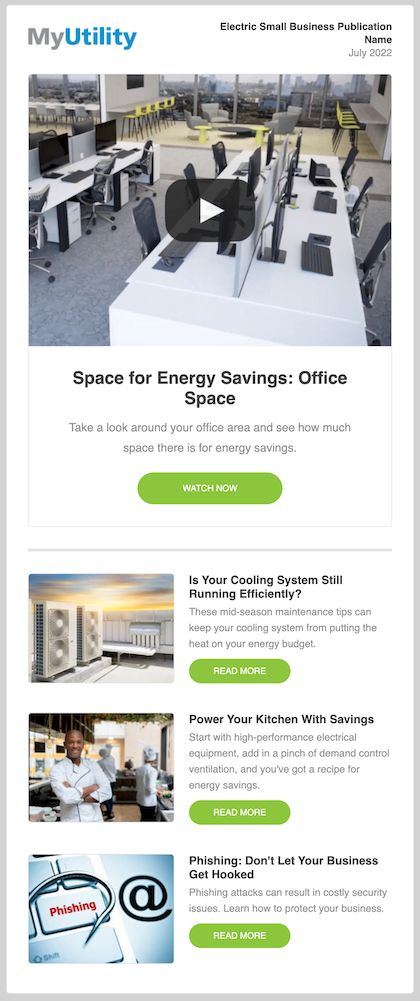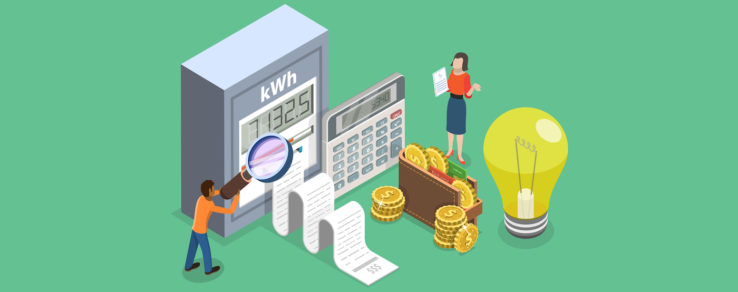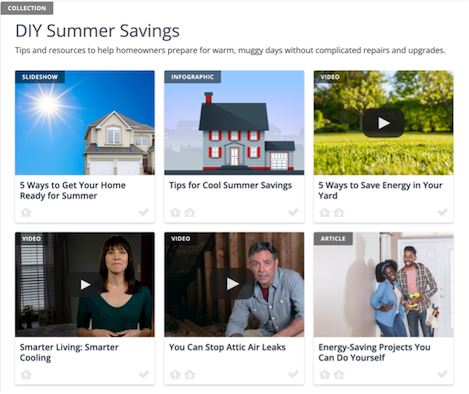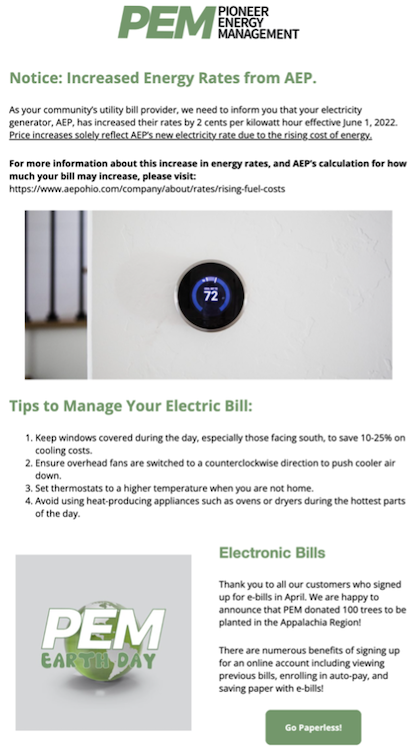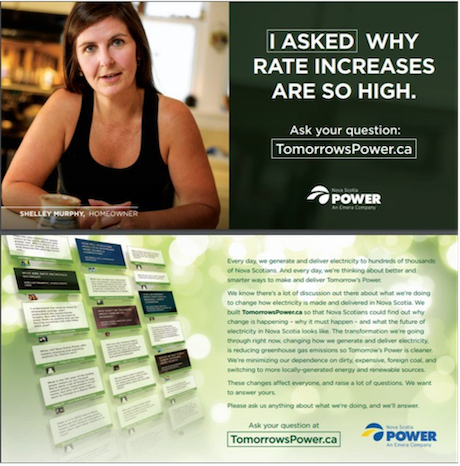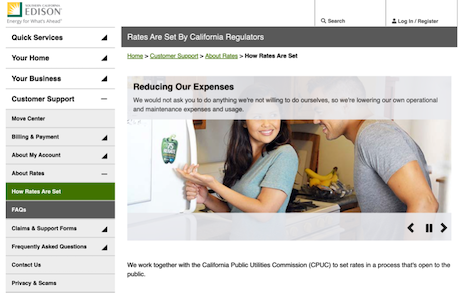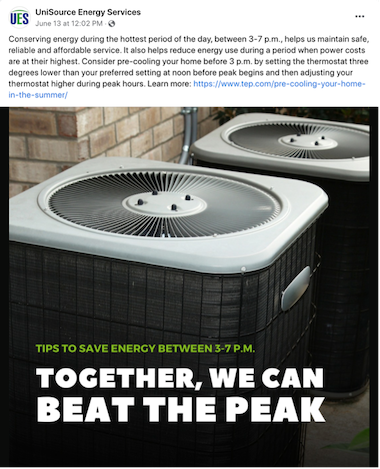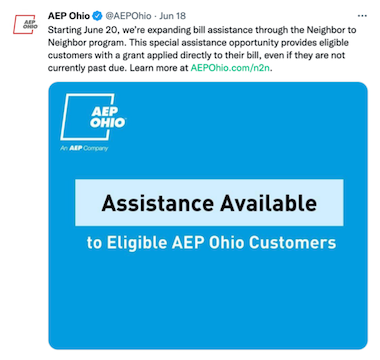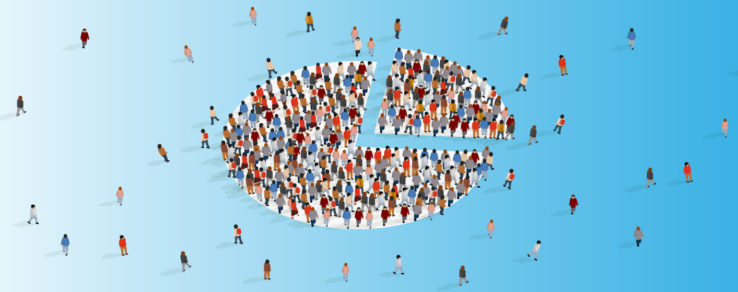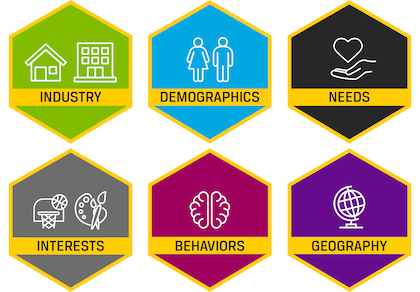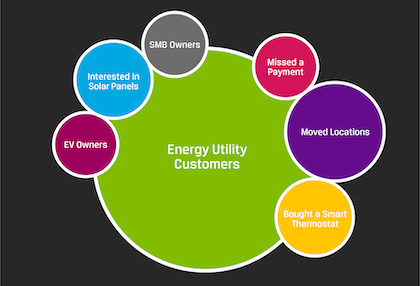For companies in the energy industry — whether utilities, EV charging station manufacturers, solar providers or sustainability consultants — quality content is vital for customer engagement and business growth. Today’s energy customers are looking for helpful resources, not a sales pitch. That’s where content as a service comes into play.
Bridging the Knowledge Gap With Content
Compared to industries like retail, hospitality or entertainment, the energy industry can be technical and complex. Energy topics like beneficial electrification, demand response and time-of-use (TOU) rates are not always easy for the average consumer to understand. For energy companies, it’s essential to bridge this knowledge gap to increase customer awareness, engagement, and sales.
With a content-as-a-service platform, energy companies have the opportunity to educate customers on a wide variety of energy topics. This energy content is delivered to customers on their preferred channel, such as a website landing page, email newsletter or social media.
Content as a service, often abbreviated as CaaS, is defined as content that is delivered on-demand to consumers through a repository (typically subscription-based). This allows content to be stored on a content management system and then automatically sized and deployed in the best format for a particular channel. With this service model, energy companies always have access to a wide variety of content topics and formats to share with customers.
“This is a way for energy companies to get access to high-quality content without the heavy lift of creating everything from scratch,” says Ryan Prestel, Vice President of Business Development at Questline Digital. “Content as a service is a great place to get started with content marketing, with the added flexibility to use and edit content in any way they choose.”
Content-As-A-Service Platforms Save Time and Money
Consumers are looking for expert advice and resources, making thought leadership a critical element to an energy company’s marketing efforts. This requires ongoing content that is useful, engaging and speaks to customer needs and interests. Without a content-as-a-service platform, energy companies simply won’t have the valuable content necessary to become industry thought leaders.
“Many small companies are trying to be thought leaders, but they don’t have big marketing departments to make that possible,” Prestel says. “They see the importance of content from a thought leadership and SEO perspective, but they can’t afford to hire copywriters, designers and other creatives. This is where content as a service can make a huge impact.”
Creating high-quality articles, infographics and videos is both costly and time-consuming. For many energy companies, employing a copywriter or designer is not possible. Plus, marketing employees often lack the bandwidth to write and design new content every week.
Outsourcing the work is typically not an affordable option either. Freelance designers and copywriters cost $30 to $100 per hour, while a video production company can demand anywhere from $7,500 up to $45,000 per video.
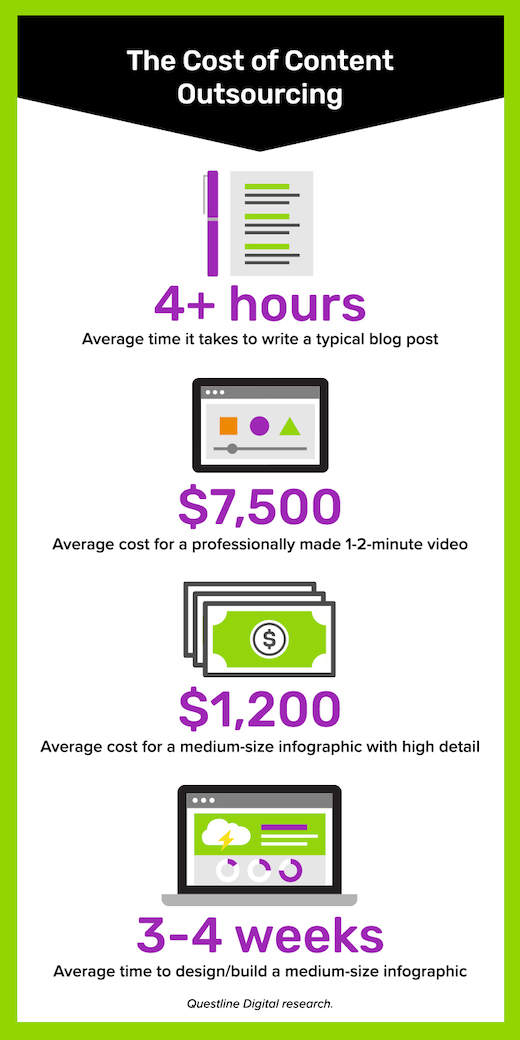
Keeping Up with Industry Changes
Creating quality content isn’t a “one-and-done” task for energy marketers. In particular, the energy industry is rapidly changing with new technology, requiring continuous education to keep customers abreast of these innovations.
Content needs to be regularly published to ensure it’s timely and relevant for customers. However, it’s not always easy to think of new ways to educate or market to customers. By using content as a service, energy company marketers have a repository of articles to choose from that speaks to these industry innovations without complicated jargon.
For example, Questline Digital’s Engage Content Library includes more than 4,500 content assets on a wide variety of topics, including energy efficiency, beneficial electrification, electric vehicles, smart technology and more. This content-as-a-service platform is produced by a team of industry experts who ensure the content is updated with the latest research and trending topics.
Armada Power, a demand management service provider, is taking advantage of the Engage Content Library to help grow their utility clients’ hot water heater program. Through content as a service, the energy company plans to increase program participation by educating customers on demand response, virtual power plants, load management and other related topics.
“Content as a service allows energy companies to show the breadth and depth of their knowledge and capabilities,” Prestel explains. “Customers will start to see them as an expert resource for their energy needs.”
Content for Every Customer Touchpoint
To be effective, content marketing must reach customers at every touchpoint in their journey. Content as a service ensures that energy companies have the right resources for each stage in the customer lifecycle, including awareness, education and action.
Awareness:
- Welcome email series
- Social media
- Outage communications
- Digital ads
Education:
- Email newsletters
- Interactive content
- Videos
- Infographics
- Articles
- Webinars
Action:
- Program promotions (EV, solar, TOU)
- Paperless billing campaigns
- Payment assistance campaigns
- Energy marketplace promotions
For example, a solar photovoltaic (PV) installer needs content to build awareness on their various customer-facing channels. Topics could include the benefits of solar energy, common myths about solar, and an overview of the installation process. The awareness stage transitions to the education stage where customers receive useful content in their preferred channel, like social media, eNewsletters or webinars.
In the action stage, the company needs content to encourage customers to move forward with solar PV installation. A content-as-a-service platform allows energy companies to access and easily post content for every stage of the customer lifecycle.
Equipping Energy Companies With the Right Content
Becoming a thought leader and energy expert takes time and ongoing publication of relevant and timely content. With a content-as-a-service platform, energy companies have access to best-in-class energy content — without relying on an entire creative department. Through a repository of ready-to-go content, energy companies are better equipped with resources to educate and engage customers throughout their journey.
